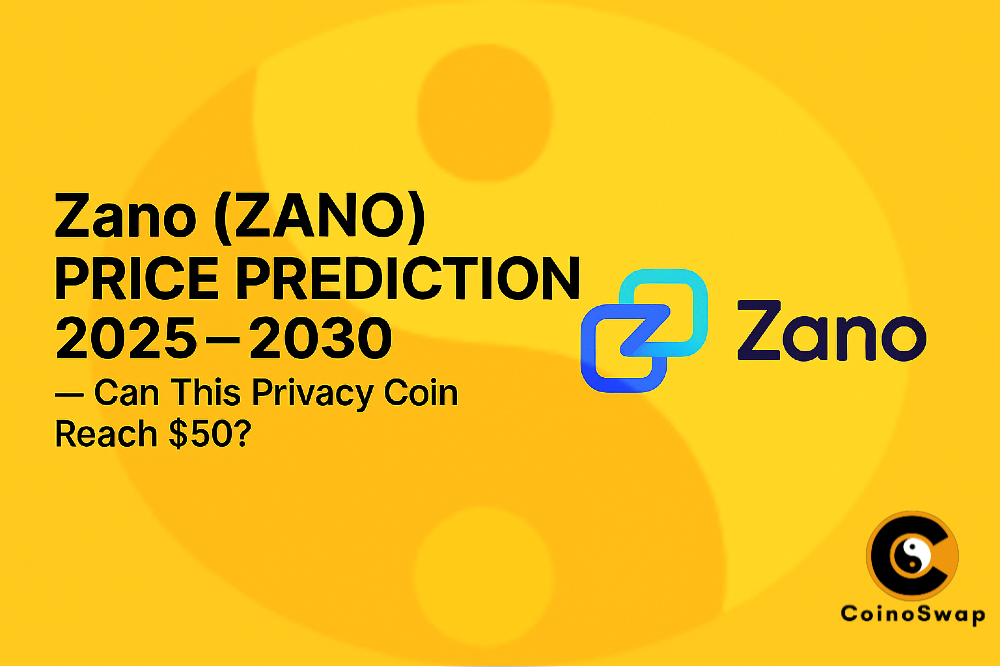A crypto liquidity swap is the real-time exchange of cryptocurrencies via deep liquidity sources—such as decentralized and centralized exchanges—optimized by aggregators like CoinoSwap.com. These swaps prioritize minimal slippage, optimal pricing, and non-custodial execution without requiring user registration or surrendering asset control.
Key Considerations
Understanding Crypto Liquidity Swap
Crypto liquidity swap differ from standard asset trades by utilizing real-time routing across the most liquid venues. Instead of interacting with one exchange, users benefit from smart order routing that dynamically sources the best execution path from a network of liquidity providers.
- Real-time rate aggregation across decentralized and centralized sources
- Asset-for-asset swaps without custody transfer
- Price quotes based on live liquidity depth
- Smart contract or routed execution rather than manual trading
- Slippage mitigation by avoiding thin markets
Benefits of Aggregated Liquidity Routing
Liquidity aggregators improve outcomes for users—especially during volatile conditions—by accessing broader market depth. This means more favorable pricing, lower slippage, and reduced fragmentation across venues.
- Better pricing by comparing across dozens of platforms instantly
- Faster execution using automated routing paths
- Reduced manual steps by eliminating the need to visit multiple exchanges
- Minimal slippage by splitting orders across deep liquidity pools
- Cross-chain compatibility that expands the available trading universe
How CoinoSwap Enhances Crypto Liquidity Swap
CoinoSwap is a non-custodial liquidity aggregator built specifically for privacy-conscious users. Its architecture is designed to deliver optimal execution while maintaining full user control over assets and keys.
- Wallet-native swaps through interfaces like MetaMask or Trust Wallet
- Real-time smart order routing across integrated CEXs and DEXs
- Live rate previews with slippage indicators
- Multi-chain execution across Ethereum, BSC, Monero, and more
- No login or KYC, ensuring privacy and decentralized autonomy
Use Cases for Crypto Liquidity Swap
Liquidity swaps are valuable in a wide range of trading, DeFi, and yield strategies. They offer faster, cheaper, and more autonomous alternatives to traditional crypto exchange models.
- Arbitrage between exchanges or assets
- Portfolio rebalancing across chains without using fiat
- Stablecoin conversion to mitigate volatility
- Governance token onboarding for protocol participation
- Yield strategy repositioning across staking or farming tokens
Risks and Considerations in Liquidity Swapping
Despite their advantages, liquidity swaps come with certain technical and market risks. Understanding these risks helps users make informed decisions and safeguard assets.
- Smart contract vulnerabilities, especially in unaudited protocols
- Slippage risks when trading low-liquidity or volatile tokens
- Front-running or MEV in high-traffic networks like Ethereum
- Gas fees, which vary by network congestion
- No recourse if execution fails due to network or contract errors
Comparing Liquidity Swaps to Traditional Exchange Trades
Liquidity swaps operate fundamentally differently than centralized order book trading. They offer more autonomy, faster execution, and deeper integrations into decentralized systems.
- No order book required—pricing is algorithmically calculated
- Execution via smart contracts, not matching engines
- Direct wallet interface, not platform-based accounts
- Customizable slippage tolerance
- Compatible with dApps across multiple chains
Where to Monitor Liquidity Before Swapping
Knowing where and how to monitor liquidity conditions helps ensure better execution and less slippage. Several tools and platforms assist in this process:
- DexScreener – real-time DEX liquidity and price charts
- CoinGecko – market pair rankings by liquidity
- Ethereum Gas Tracker – monitor gas fees before executing swaps
Conclusion
A crypto liquidity swap allows users to exchange one crypto asset for another by leveraging the best available rates across multiple liquidity sources. Platforms like CoinoSwap.com provide this capability in a non-custodial, privacy-first format—executing swaps directly from user wallets and routing orders through the most liquid, audited, and efficient venues in decentralized finance.



